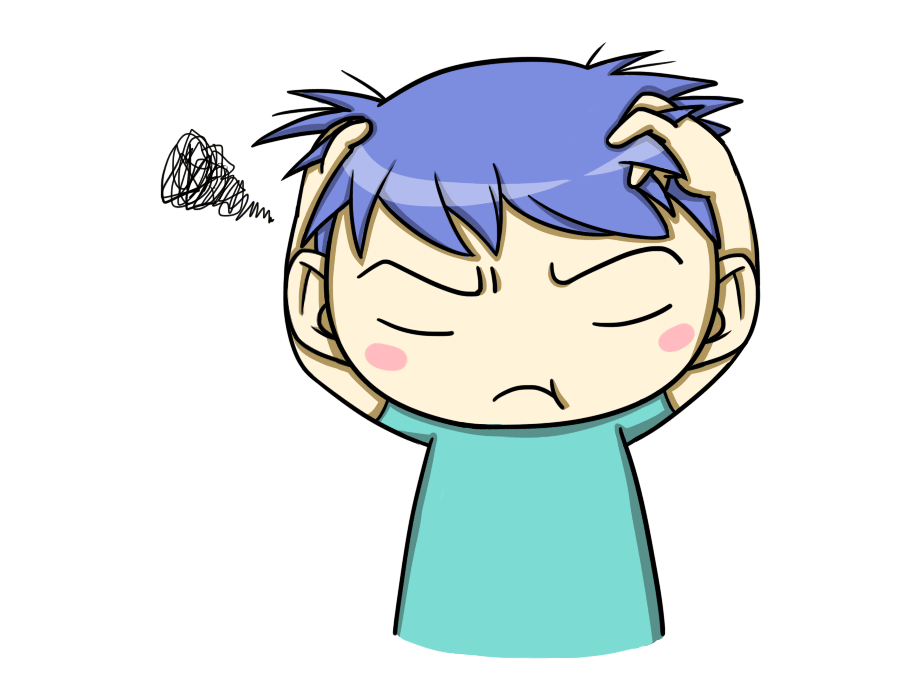|
WHAT IS ANXIETY?
Feelings of fear or stress are common for all people. Those temporary feelings come when we are worried about fitting in, when a big event is coming up, or when we are concerned about potential disasters, and those feelings are completely normal. Anxiety, however, sometimes doesn't have an obvious cause. It can feel like being in a constant state of fear without knowing what you are afraid of. When someone's anxious feelings are persistent and begin to interfere with everyday life, then it's time to take steps to address it. |
What are the symptoms? |
how common is it? |
|
Common symptoms of anxiety include:
|
Anxiety disorders are the most common mental health disorders affecting youth.
It is estimated that 1 in 3 teenagers will experience an anxiety disorder by age 18. Girls are twice as likely as boys to be diagnosed with an anxiety disorder. Anxiety rates among teenagers have been steadily increasing in recent years. |
Strategies for coping with anxiety
Anxiety triggers the emergency signals in your brain. It causes a physical change in your neurochemistry, lighting up your amygdala (the survival center) and shutting down your prefrontal cortex (the logic center). That means it is literally harder to think when you are feeling anxiety!
Because anxiety makes us feel like we're in danger, our immediate reaction may be to ESCAPE - to skip or drop a class, for example. However, that is not usually the best response. Instead, try learning some of these tricks to calm down your amygdala, giving your brain and body the chance to relax so you can think straight again. That way, you can stay in class - and you won't have to worry about any make-up work!
Because anxiety makes us feel like we're in danger, our immediate reaction may be to ESCAPE - to skip or drop a class, for example. However, that is not usually the best response. Instead, try learning some of these tricks to calm down your amygdala, giving your brain and body the chance to relax so you can think straight again. That way, you can stay in class - and you won't have to worry about any make-up work!
|
Deep Breathing
Take a moment to focus on your breathing - try to breathe deeply, into your stomach. This slows your heart rate, lowers blood pressure, and increases oxygen intake, letting your body know that everything is okay. One specific technique is called "square breathing:" you breathe in for a count of 4, hold for 4, breath out for 4, and then hold for 4 again. Adjust as needed. Journaling
Writing down your thoughts and feelings can help you gain a better understanding of what you're anxious about. It also helps you to process and release the emotions involved. Whether you write in complete sentences, or in poetry, or even if you just draw pictures, activating your brain through journaling is a great therapeutic practice. Grounding
This strategy is all about anchoring yourself in the present moment. One common exercise is the 5 Senses technique: mentally list 5 things you can see, 4 things you can feel, 3 things you can hear, 2 things you can smell, and 1 thing you can taste. Other techniques may include counting how many items of a particular shade are in the room, or counting backward from 100 by 7s. Desk Yoga
Yoga is an exercise deeply rooted in mental health and wellness. Physical activity changes your neurochemistry and can give your body an outlet for its nervous energy. Some yoga poses can be done discretely at your desk; try a neck roll, shoulder shrug, tricep stretch, seated twist, or seated pigeon pose. When your body feels better, your mind feels better too. |
Positive Self-Talk
One symptom of anxiety can be invasive thoughts that are negative and self-sabotaging. To combat the damaging impact of this, it's important to practice replacing the negative thoughts with positive thoughts. Come up with some positive phrases you can repeat to yourself, such as:
Progressive Muscle Relaxation
This technique helps you to focus on releasing the tension in your body, this helps signal to your brain that there is no emergency. You do this by tightening one muscle group at a time, holding it for a moment, and then relaxing those muscles. Start with your feet, and slowly work your way up to the muscles in your face. Imagery
When you feel anxious, try to create a detailed mental picture of a safe and peaceful place. Whether that place is real or not doesn't matter; just try to imagine it as clearly as possible. What do you see? Hear? Feel? By imagining yourself in that place, you distract yourself from your current stress long enough to get your brain out of emergency mode. Then, you're ready to return to the real world. Fidget Toys
There's a reason that Fidget Spinners became so popular in 2017. Most people find that having something to play with in their hands helps them to release their nervous energy and increase their focus. If you don't have a Fidget Spinner, that's okay; silly putty, squishy toys, and stress balls work just as well. |










